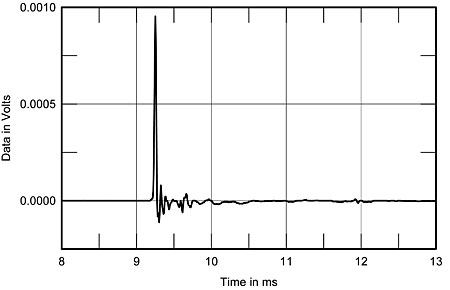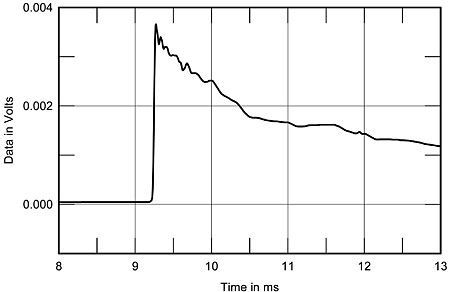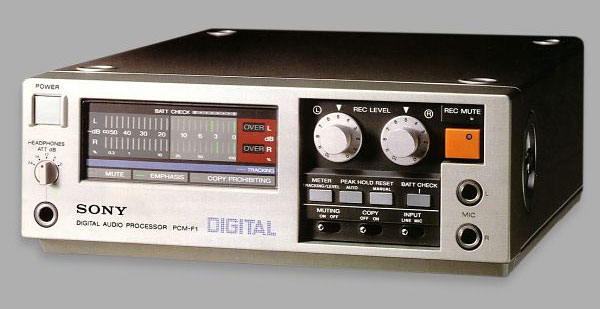I can honestly say that a lot of the technical discussions and measurements oftentimes go way above my head... maybe, I just need to sit up straighter, lol.
At the end of the day, what sounds right to me and gives me the musical enjoyment that I can appreciate... that is what's most important to me. I leave the tech and specs to the designers.
With that being said, the speakers that i have owned since the 90's have given me much sonic pleasure and I have had no plans to replace them, because they sound right to "me". I own the Dunlavy SCIV's Signatures. John Dunlavy, the designer was a very smart and intelligent man, having several patents. Measurements meant a lot to him and helped him with his designs. I remember reading in a Stereophile review talking about John Dunlavy's measurements; this is taken from the review which can be found here
https://www.stereophile.com/floorloudspeakers/99dun4/index.html
"Ah, but there's measurement, and then there's
measurement. Designer
John Dunlavy specifies a "full" set of "credible" measurements. He measures
everything about a speaker's behavior, paying particular attention to the impulse response, measured anechoically at the typical listening distance of 10'. He points out that accurate impulse response implies flat frequency (amplitude) response, but not vice versa (footnote 2). Thus, a speaker with flat frequency response (on-axis or integrated over various angles) may be quite inaccurate when it comes to reproducing an impulse signal;
ie, the outputs of the different drivers may be arriving at different times.
Dunlavy argues that pulse coherence is
essential for the speaker to be considered accurate. He draws an analogy between a cheap lens, with marked spherical/chromatic aberration that blurs the image, and a speaker with a lack of pulse coherence, resulting in blurring of the sonic image."
Then from John A. measurements...
"Turning to the time domain, fig.3 shows the SC-IV's impulse response on the tweeter axis. (The speaker-stand reflection reveals itself as the small dimple in the plot just before the 12ms mark.) Though it's hard to tell anything from a raw impulse response, the simple up/down shape with minimal overshoot implies excellent time coherence. (The only speaker on which I've measured a similar impulse response is the
Quad ESL-63.)
Fig.3 Dunlavy SC-IV, impulse response on HF axis at 3m (5ms time window, 35kHz bandwidth).
Look at the SC-IV's step response in fig.4. Pretty ideal—the outputs of all the drive-units arrive at the microphone at pretty much the same time. This, by definition,
is time coherence. As a result, the SC-IV is one of the only two loudspeakers I've encountered that can produce a good squarewave shape. (The other was, again, the Quad ESL-63.) And this was over a wide bandwidth, from 200Hz to 5kHz. Although the subjective effects of a loudspeaker featuring time-coherent behavior are not fully understood, my subjective impressions have been that such designs always feature superb imaging and soundstaging. The SC-IV is no exception."
Again, I have no idea if it's because of John Dunlavy paying attention to various critical measurements that I love the speaker's sound so much, or if the measurements simply confirm that John Dunlavy's design ideas had merit.
All I know is that enjoy the music coming from these speakers and that at the end of day, it is what matters most to me. It's my hope that everyone can have enjoyment from their music systems, no matter what equipment they may employ.
Best wishes to all,
Don
View attachment 147162













